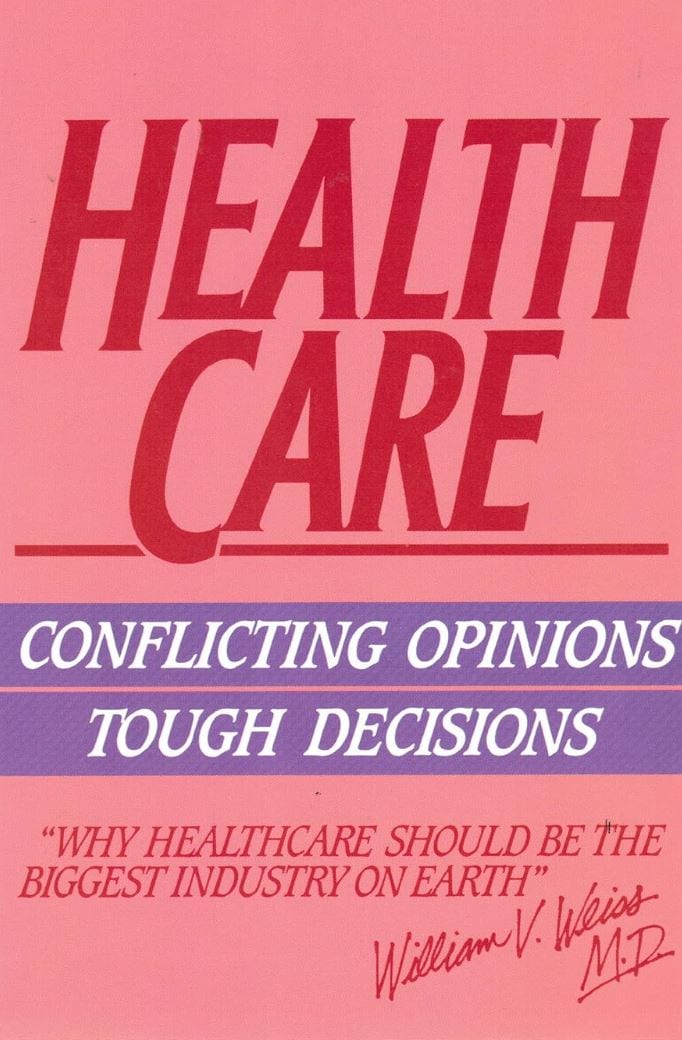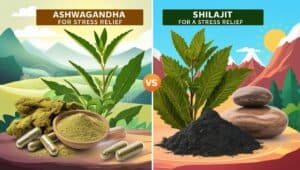
Exploring Controversials in Beauty & Health
Did you know that nearly 70% of women in the United States feel pressure to conform to societal beauty standards?
The beauty and health industry has long been a subject of controversy, with debates raging on topics such as beauty standards and body positivity.
Issues surrounding the ethical sourcing of ingredients, the use of toxic chemicals, and animal testing have also come under scrutiny.
This article will dive into the heated debates that shape modern perceptions of wellness and examine the conflicting viewpoints within the beauty and health industry.
Key Takeaways:
- Beauty and health industry controversies center around beauty standards, body positivity, and ethical concerns.
- Societal beauty standards often perpetuate harmful ideals and negatively impact self-esteem.
- Conflicting health trends in the wellness industry can lead to controversy and confusion for consumers.
- Ethical concerns include unfair labor practices, toxic ingredients, and animal testing in the cosmetics industry.
- It’s important for consumers to stay informed and make choices that align with their values and well-being.
The Controversy Surrounding Beauty Standards
Society’s definition of beauty has constantly evolved over time, leading to conflicting beauty ideals.
The beauty industry has been criticized for perpetuating narrow standards of beauty that can be harmful to self-esteem and mental health.
The rise of body positivity movements and calls for inclusivity have challenged these traditional beauty standards, sparking a heated debate within the industry.
One of the main controversies in the beauty industry revolves around the promotion of unrealistic beauty ideals.
Advertisements and media portrayals often showcase impossibly flawless and airbrushed models, setting unattainable standards for the general population.
This has resulted in feelings of insecurity and inadequacy among individuals who do not fit into these narrow beauty standards.
Brands are now recognizing the importance of inclusivity and are making efforts to feature individuals from diverse backgrounds and body types in their campaigns.
This shift towards a more inclusive beauty culture aims to challenge the preconceived notions of beauty and celebrate the uniqueness of each individual.
“We need to redefine beauty and move away from the one-size-fits-all notion. Beauty should be about self-expression and embracing our individuality.” – Jane Smith, Beauty Activist
However, despite these positive changes, conflicting beauty ideals still persist.
The ongoing debate surrounding the use of Photoshop and excessive retouching in beauty advertisements remains a controversial topic.
Critics argue that these practices create unrealistic and unattainable beauty standards, leading to body dysmorphia and a negative body image.
In order to navigate these controversies, it is important for individuals to develop a healthy and balanced perception of beauty.
Embracing diversity and challenging societal norms can help promote a more inclusive and accepting beauty culture.
By celebrating all forms of beauty and supporting brands that prioritize authenticity, consumers can contribute to a positive shift in the beauty industry.
Conflicting Beauty Ideals and Their Effects
The conflicting beauty ideals perpetuated by the beauty industry can have a profound impact on individuals’ self-esteem and overall well-being.
The constant exposure to unrealistic beauty standards often leads to feelings of inadequacy and a negative body image.
This can contribute to the development of mental health issues such as anxiety, depression, and eating disorders.
| Conflicting Beauty Ideals | Effects on Individuals |
|---|---|
| The “thin ideal” versus body positivity | Body dissatisfaction, disordered eating behaviors |
| Light skin versus inclusivity of all skin tones | Colorism, low self-esteem among individuals with darker skin tones |
| Youthfulness versus embracing natural aging | Ageism, pressure to undergo invasive procedures and treatments |
It is crucial to challenge these conflicting beauty ideals and promote a more diverse and inclusive definition of beauty.
By embracing individuality and celebrating unique qualities, we can foster a healthier beauty culture that allows everyone to feel seen, accepted, and valued.
Conflicting Health Trends and Controversial Health Practices
The wellness industry is a vast landscape, filled with conflicting health trends and controversial practices.
With an abundance of information available at our fingertips, opinions on what constitutes a healthy lifestyle vary greatly.
From detox diets and cleanses to alternative healing methods, individuals are confronted with a barrage of options, each claiming to be the key to optimal health and well-being.
Within the wellness industry, it’s important to distinguish between evidence-based practices and those that lack scientific support.
Extreme dieting, for example, has been widely criticized for promoting harmful behaviors and perpetuating unrealistic body expectations.
While some diets may offer short-term results, the long-term effects on physical and mental health remain a subject of debate.
Similarly, alternative medicine practices continue to be a source of contention.
While some individuals find relief and benefit from these practices, others argue that without rigorous scientific evidence, their efficacy is uncertain.
It’s crucial to approach these practices with an informed perspective, seeking advice from healthcare professionals and conducting thorough research.
Conflicting Health Trends
The wellness industry is no stranger to conflicting health trends. What may be deemed as “healthy” one day can be debunked or challenged the next.
This constant ebb and flow of information can leave individuals feeling confused and unsure about the best path to follow.
It’s important to remember that trends may come and go, but the key to a healthy lifestyle lies in sustainable, well-rounded habits that prioritize both physical and mental well-being.
“It’s crucial to approach health trends with caution and skepticism. Adapting practices that are rooted in scientific research and personalized to individual needs is the key to sustainable wellness.”
Controversial Health Practices
Controversial health practices encompass a wide range of approaches that elicit varying degrees of support and skepticism.
From unconventional therapies to unregulated supplements, navigating the landscape of controversial practices can be challenging.
It’s vital to consider the potential risks and benefits associated with each practice, consulting reputable sources and seeking professional guidance when necessary.
While the quest for optimal health and well-being is admirable, it’s important to critically evaluate the information we encounter and make informed decisions that prioritize our overall wellness.
By engaging in open dialogue and remaining curious, we can navigate the complexities of the wellness industry and find practices that align with our values and promote our holistic well-being.
Ethical Concerns in the Beauty and Health Industry
The beauty and health industry has faced numerous ethical concerns, sparking controversies that challenge traditional practices and promote transparency.
From the sourcing of ingredients to the use of animal testing, these issues highlight the need for more responsible and sustainable approaches.
One major controversy revolves around the sourcing of ingredients, such as mica, a common mineral used in beauty products.
It has shed light on the unethical labor practices in the supply chain, with reports of child labor and dangerous working conditions.
Another pressing issue is the use of toxic ingredients in beauty products.
Many cosmetic formulations contain potentially harmful substances such as parabens, phthalates, and formaldehyde-releasing preservatives.
These toxic ingredients raise concerns about their impact on human health and the environment. As a result, there is a growing demand for cleaner, more natural alternatives that prioritize consumer safety.
Furthermore, the use of animal testing in the cosmetics industry has long been a topic of debate.
Animal rights activists and organizations have been advocating for cruelty-free alternatives and pushing for legislation to ban animal testing globally.
This has led to the development of innovative methods, such as in vitro testing and computational modeling, which aim to replace animal testing and reduce the harm inflicted on animals.
Addressing these ethical concerns in the beauty and health industry requires a collective effort from brands, consumers, and regulatory bodies.
By supporting companies that prioritize ethical sourcing, avoid toxic ingredients, and support cruelty-free practices, consumers can drive positive change.
Likewise, policymakers need to enforce stricter regulations to protect both human health and the rights of animals.
Examples of Unethical Practices in the Beauty and Health Industry
| Unethical Practice | Description |
|---|---|
| Excessive packaging | Wasteful use of materials, contributing to environmental pollution |
| Greenwashing | Misleading marketing tactics that falsely claim a product is eco-friendly |
| False advertising | Misrepresentation of product benefits or ingredients |
| Poor labor practices | Exploitation of workers, low wages, and unsafe working conditions |
It is crucial for the industry as a whole to address these ethical concerns and strive for more sustainable and responsible practices.
By doing so, the beauty and health industry can regain consumer trust, promote positive social and environmental impact, and shape a more conscious and inclusive future for all.
Conclusion: Exploring Controversials in Beauty & Health
The beauty and health industry is no stranger to controversy, with debates raging over various aspects of the industry.
From conflicting beauty ideals to controversial health products, there are numerous contentious issues that shape our perception of beauty and wellness.
As consumers, it is essential to stay informed and critically evaluate the products and practices we engage with.
By understanding the complexities of beauty standards and conflicting health trends, we can make more informed choices that align with our values and promote our overall well-being.
Furthermore, it is crucial for the beauty and health industry to navigate these controversies with awareness and strive for a more inclusive, responsible, and transparent approach.
This means addressing ethical concerns, such as the use of toxic ingredients and animal testing, and actively challenging narrow beauty ideals that can be harmful to self-esteem and mental health.
Ultimately, the goal is to create an industry that embraces diversity, promotes body positivity, and offers genuinely beneficial health products.
By staying informed, critical, and demanding of positive change, we can contribute to shaping a beauty and health industry that truly reflects the needs and aspirations of all individuals.
FAQ
What are some controversies in the beauty and health industry?
Some controversies in the beauty and health industry include debates on beauty standards and body positivity, ethical sourcing of ingredients, use of toxic chemicals, and animal testing.
How do conflicting beauty ideals shape the industry?
Conflicting beauty ideals lead to ongoing debates within the industry about traditional standards of beauty, self-esteem, and mental health.
What are some conflicting health trends and controversial practices in the wellness industry?
The wellness industry features conflicting health trends, such as detox diets and cleanses, and controversial practices like extreme dieting and alternative medicine without scientific evidence.
What are some ethical concerns in the beauty and health industry?
Ethical concerns in the industry include issues related to unfair labor practices in ingredient sourcing, use of toxic ingredients in beauty products, and animal testing in the cosmetics industry.











